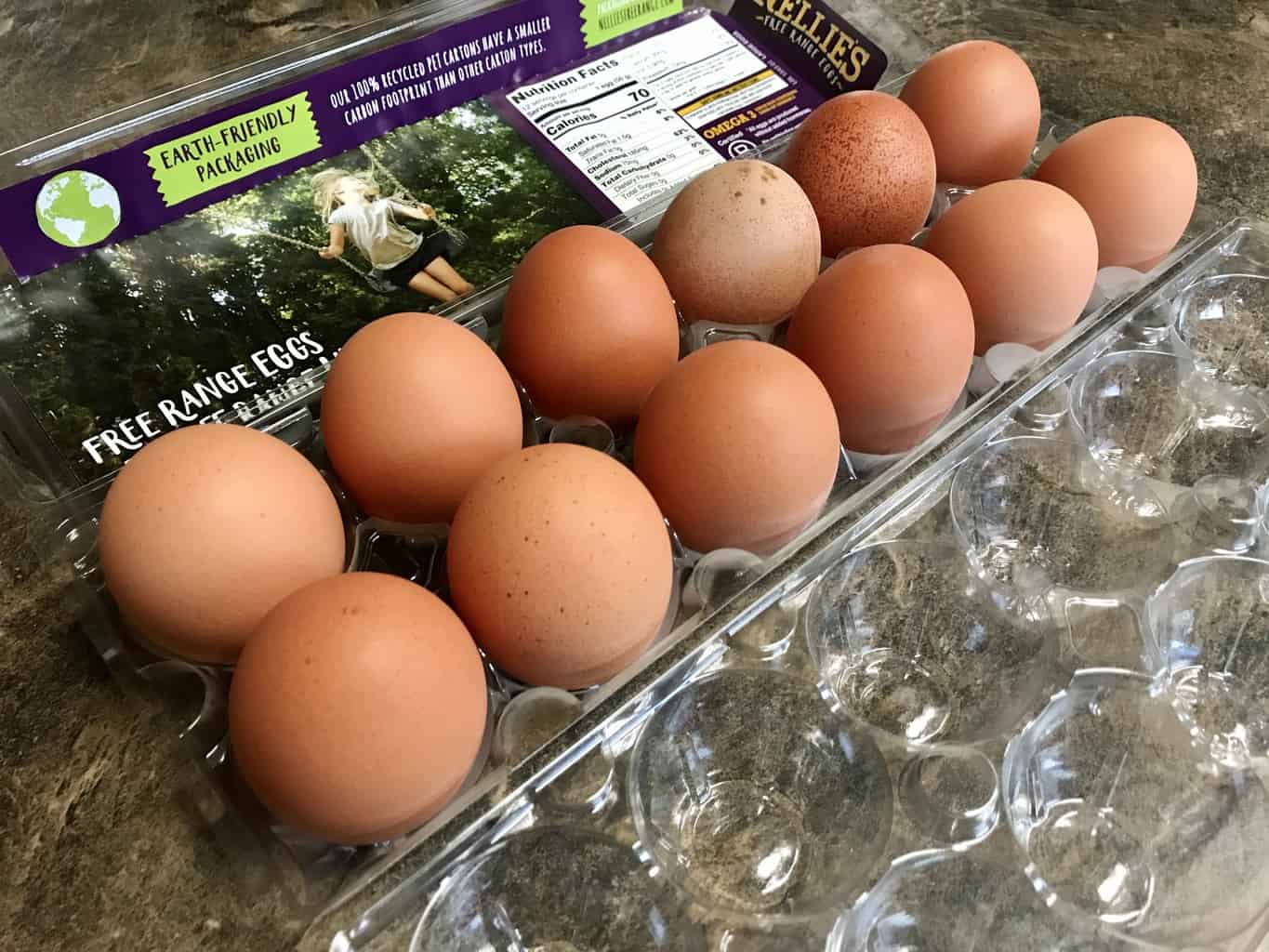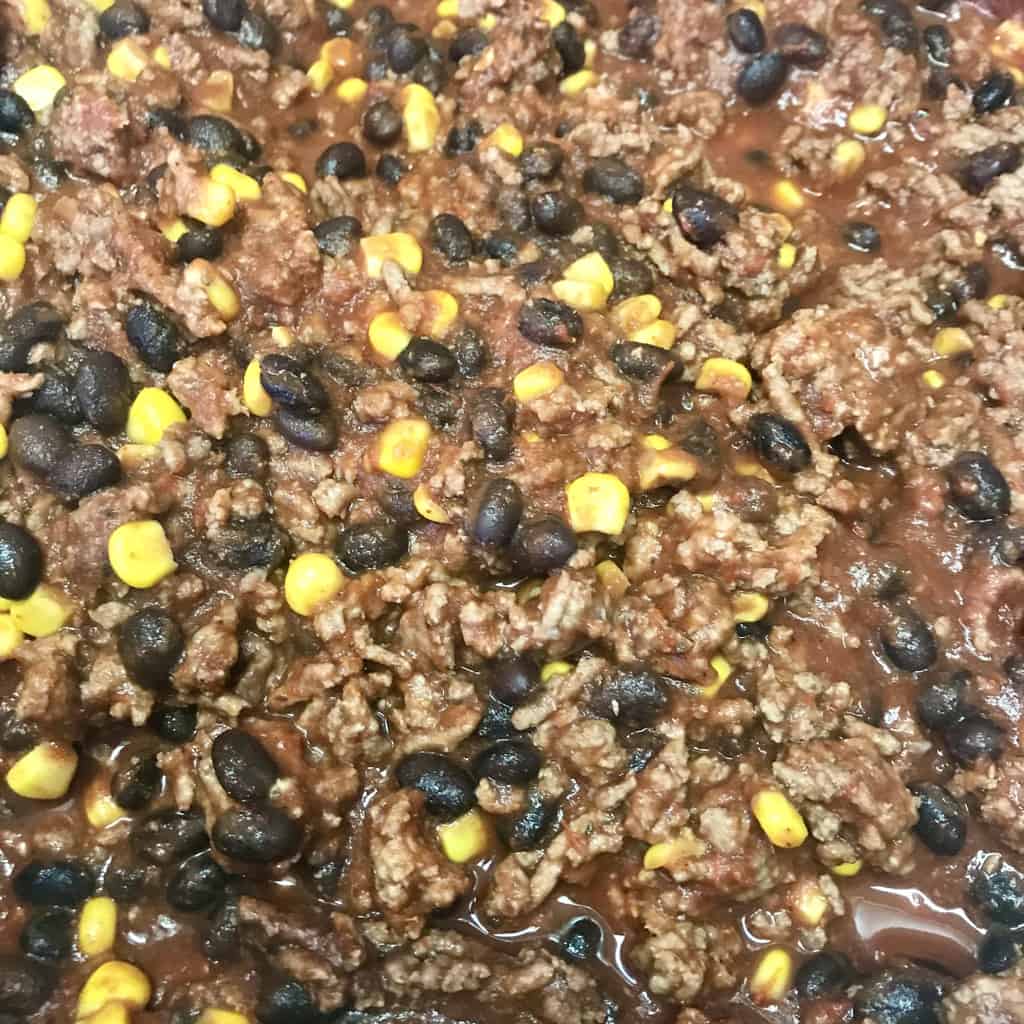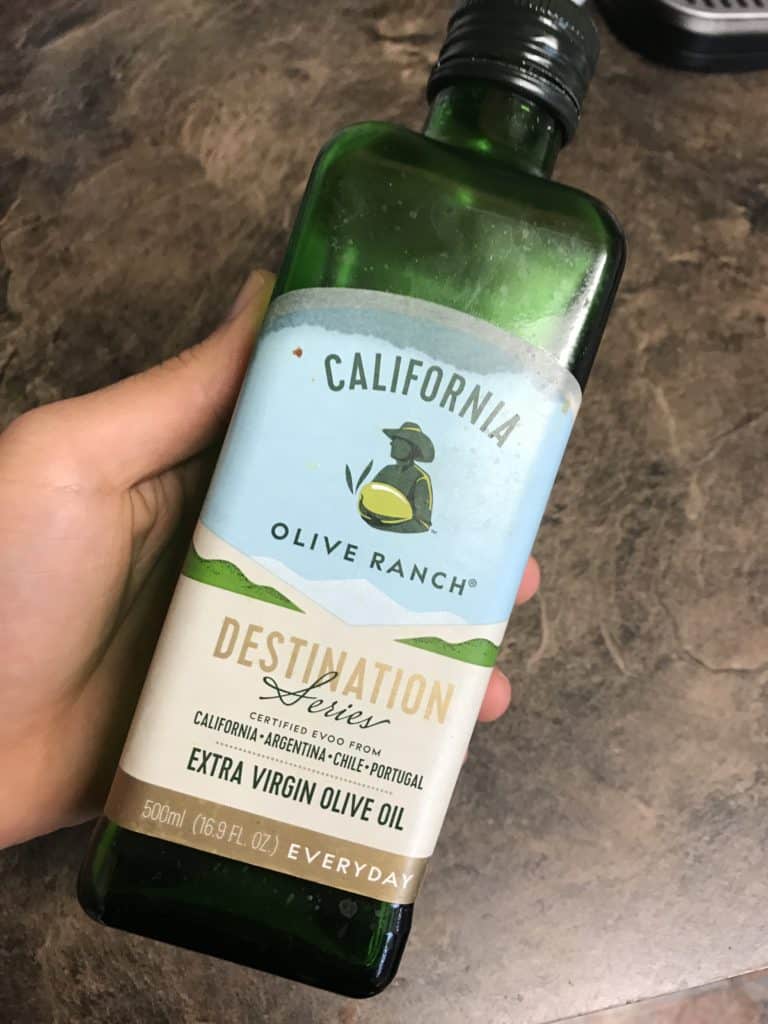
Eating healthy is expensive, sort of. This sentiment has run wild and been universally accepted as truth by the general population. But when you break it down, it’s not completely true.
Yes, a salad from McDonalds costs more than a collection of dollar menu cheeseburgers and fried chicken wraps. But with the right planning, a trip to the grocery store doesn’t have to break the bank. Nor do you have to sacrifice quality in the name of a better price.
Meal prepping for fat loss on a budget doesn’t just mean buying the cheapest foods. It’s also about buying foods that are less perishable. Why choose dairy protein sources like milk or greek yogurt, which expire quickly, when you can freeze lean meats for up to 6 months?
When you’re shopping with the end goal of losing weight or body fat, the options are more limited. Generally speaking, carbohydrate food sources are inexpensive. But when you’re dieting, odds are carbs aren’t a major part of your plan. You may not be low carb or keto per se, but you won’t be eating as many as you would at maintenance or while bulking.
The carbohydrate sources you choose should be satiating and less calorically dense. Pasta is extremely economical, but a small serving packs quite a few calories. Plus it isn’t particularly filling. Think about how much pasta you can scarf down in one sitting.
The same notion applies to fats. You can find peanut butter for just a few dollars, but it’s a risky buy for some people. It’s delicious and palatable, which makes it easy to overeat. A few tablespoons out of the jar can undue all the fat loss achieved in a day or even a week.
Therefore the food options listed are not only low-cost, but a good strategic purchase for long term diet adherence.
What to Eat
When you’re dieting on a budget, you won’t always be eating the best version of certain foods. At the same time, it doesn’t mean you have to rummage through the refrigerator at your local dollar store for bologna. With the right planning, it’s easy to strike a balance between quality and quantity.
Proteins
Every diet starts with protein. It is essential for building and retaining muscle, and is the only nutrient that can do so. In addition, it supports the immune system as well as connective tissue health (tendons, ligaments, etc.).
It is critical to get enough protein in your diet to support lean muscle retention while cutting. What good is weight loss if it’s not predominately in the form of body fat?
Grilled Chicken
The staple of any bodybuilding diet, chicken is a great protein source. The taste is average since it is such a lean meat, but it can be spiced up with the right herbs and condiments. It’s a versatile food that can go with almost any starch, grain, or vegetable.
Note: Any reference to price obviously varies on location, but still attempts to be reasonably accurate.
If you buy in bulk, you can typically find a family pack sized chicken for about $2.99 per pound. It doesn’t even have to be store brand; common brands like Perdue sometimes offer this rate. You may have to trim some extra fat off if purchasing lesser quality, but it’s usually not excessive.
Eggs
Eggs are a great source of both protein and fat, and provide a high amount of nutrition on a per serving basis. Eggs have one of the highest biological values of any protein source. Biological value is a measure of how well the body can absorb the protein in a given food.
Eggs are high in choline, an important nutrient for brain function. It’s also a good source of lutein for eye health, vitamin B-12, and selenium. When dieting your food choices will be limited, so it’s important to choose nutrient dense options like whole eggs.
Store brand eggs run very cheap, sometimes less than $2 per dozen. They can be prepared in a variety of ways, which is key when trying to keep your diet interesting. Eating the same foods over and over can get boring, but at the very least you can switch up how you cook your eggs (scrambled, over easy, hard boiled, etc.).
Ground Meats
Variety in protein sources is important, as different proteins have different amino acid profiles. Having diversity means you’re getting adequate amounts of each essential amino acid needed to build muscle.
Ground chicken, turkey, and beef are ubiquitous in most supermarkets. Ground beef is typically more expensive, but that also depends on how lean it is.
Chili is one of my favorite dieting meals. Ground meat will be the base of this meal, but with the variety of ingredient options you can change the recipe on a weekly basis. Chili is satiating, tastes great, and low calorie, a perfect combo when dieting.
While cooking chicken can be hard to perfect (i.e. not letting it get dry), ground meat is easy to prepare. A few minutes on the stove and it’s done. With the right seasoning, it holds its flavor pretty well over a few days in the refrigerator.

Whey Protein
Although the upfront cost can be high, whey protein is one of the best values on a cost per gram of protein basis. If you’re willing to fork over $40-50, you’ll have a protein source for over a month.
Whey protein isn’t limited to just shakes either. You can mix it with oatmeal, make pancakes, or even mug cakes in the microwave. Food technology has come such a long way that nowadays protein supplements taste great. Gone are the days of gritty shakes that won’t mix even in a blender.
If you have an intolerance to whey protein, don’t worry. Nowadays there are many alternatives to whey that are high quality.
Tuna
Tuna used to be a staple dieting food until the mercury content started scaring people off. But in moderation it’s still considered to be safe. You could opt for skipjack tuna, which tastes great, but it’s expensive and would defeat the purpose of this list.
Tuna is a very lean protein source, and works well in wraps or salads. A can is only $1-2 and provides about 35g of protein.
Carbohydrates
When dieting, carbohydrates are typically the first thing to be cut. However, you can lower your carbs without going “low carb.” Workout performance is still important and carbs will be the primary fuel source for that.
Carbs in general are cheap; you can choose almost anything and easily fit it into your budget. But at a certain point in your diet you will value food volume over taste. In other words, you’re going to be so hungry that you’d opt for a plate of vegetables over a couple rigatoni noodles.
It’s important to put yourself in a position to succeed. You don’t want to buy processed, palatable carbs like rice cakes or crackers. They’re way too easy to overeat. You should choose whole food options that work in conjunction with an entire meal.
Frozen Fruits and Vegetables
How many times have you purchased a boatload of produce only for it to go bad in a couple days? Buying frozen fruits and vegetables circumvents this issue.
Fresh produce goes rotten more quickly since it is exposed to oxygen, whereas frozen vegetables are sealed in a bag in a cold environment. Frozen produce is usually cheaper as well. It’s not unusual to find them on sale for 99 cents a bag.
Since most fruits and vegetables are low calorie, it allows for variety in food choices. You could switch up your vegetables on a weekly or even daily basis.
Oats
When food choices are limited on a diet, oftentimes it can be hard to get adequate fiber. Vegetables provide fiber, but not as much as people may think. Whole grains provide a great deal of the fiber found in a healthy person’s diet.
Pasta, bread, and cereal are usually eliminated when dieting since they are so calorically dense. However, oats are a lower calorie option and a great source of both soluble and insoluble fiber. Fiber aids in digestion and always helps keep you full, and we know how important it is to curb hunger on a weight loss diet.
Oats taste good on their own, but can also be mixed with cinnamon, fruits, peanut butter, or protein powder. They are inexpensive and easy to prepare. You could make it on the stove, but most people just pop them in the microwave.
Canned Goods
Similar to frozen vegetables, canned foods have a long expiration date since they are sealed and not exposed to oxygen or light.
As mentioned earlier, I love making chili when on a diet since it’s so filling and also nutritious. You can get a can of crushed tomatoes, corn, and black beans for a couple bucks and have a huge pot of chili for the week.
Potatoes
Considering they’re a fresh food, potatoes actually have a decent shelf life. Uncooked potatoes can stay fresh for weeks, unlike other fruits and vegetables.
Potatoes rank highly on the satiety index, which measures how much a particular food fills you up. Sweet potatoes are often considered the “healthier” option, but the nutrient makeup between sweet and baked potatoes is honestly negligible. The biggest difference is in the vitamin A content.
Fats
Fats not only digest slower than other macronutrients inherently, they also slow down the digestion of other foods in a meal. For example, a bowl of oatmeal with peanut butter would digest slower than a bowl of oatmeal on its own due to the addition of fats. This is helpful when trying to curb cravings, as the fats (and fiber) in a meal would blunt the blood sugar response to a degree.
However, fats are more calorically dense than protein and carbs. Fats contain 9 calories per gram while protein and carbohydrates contain 4 calories per gram. It is imperative to be meticulou when measuring and tracking fat content, as it can get out of control if you’re haphazardly adding olive oil or salad dressing to a meal.
Some of the proteins listed earlier also help fulfill fat requirements. Eggs and ground beef are two foods that can satisfy both protein and fat needs, which make them great options on a budget.
Chia Seeds
What’s better than a delicious tablespoon of chia seeds? Yes that was a bit sarcastic but it also illustrates an important point. No one really craves chia seeds. If you have them in a salad or soaked in a beverage it’s unlikely you’ll be clamoring for more.
You won’t find fat sources like peanut butter on this list for that reason. Yes it is inexpensive, but once you start eating peanut butter it’s hard to stop. Chia seeds have a very mild taste.
You can find them relatively cheaply, especially if you shop in a store that has self serve containers for nuts, trail mix, seeds, etc. to take only what you need.

Olive Oil
Olive oil is a versatile food, used as a cooking oil but also to flavor meals. It has a nice, rich taste and is great on almost any meat or side dish. It’s also a food you buy once and you’re set for a few months.
Olive oil is a great source of healthy monounsaturated fats. Unlike polyunsaturated fats, monounsaturated fats can hold up to temperature when used for cooking (i.e. they don’t go rancid). At the same time they are still structurally different from saturated fats, which are more stable but can affect cholesterol levels.
Sample Meal Plan
| Meal | Ingredients |
| Breakfast | 3 Egg Omelette with Bell Peppers, Onions, and Spinach |
| Lunch | Grilled Chicken Breast, Sweet Potato, and Broccoli |
| Dinner | Chili with Ground Beef, Corn, Black Beans, and Crushed Tomatoes |
| Snack | Vanilla Whey Protein blended with Frozen Fruit |
Recent Posts
Stretching Before Workouts: Essential Warmup or Performance Killer
“Don’t stretch before workouts, your muscles become too supple” “Stretch before your workouts, warming up is important” It's conflicting advice like this that drives people crazy,...
Best Protein Bar For the Money | Cost Effective, High Quality
Protein bars are no longer a supplement dedicated to diehard gym rats, with awful taste and the consistency of a brick. Men, women, and even teenagers can commonly be seen eating protein bars. The...
